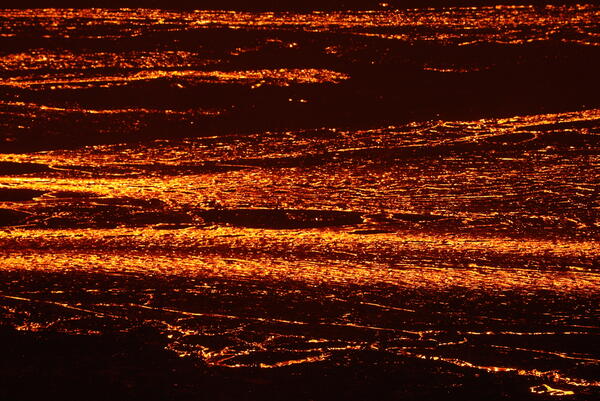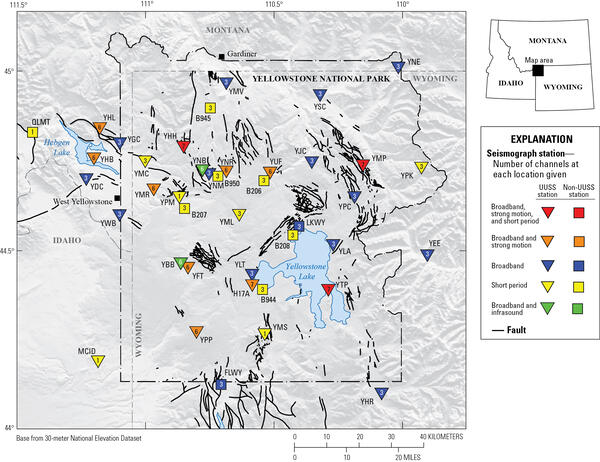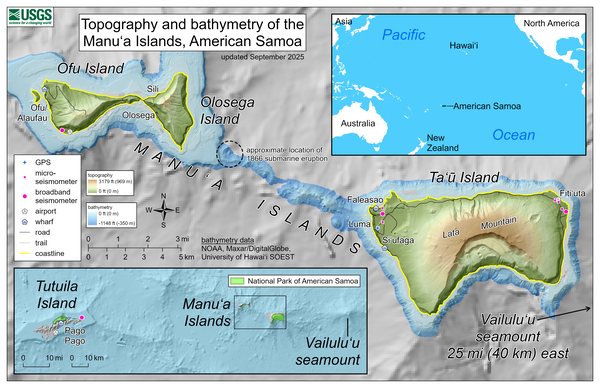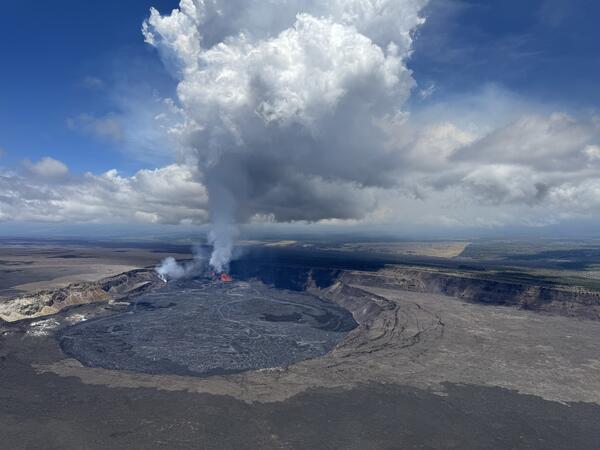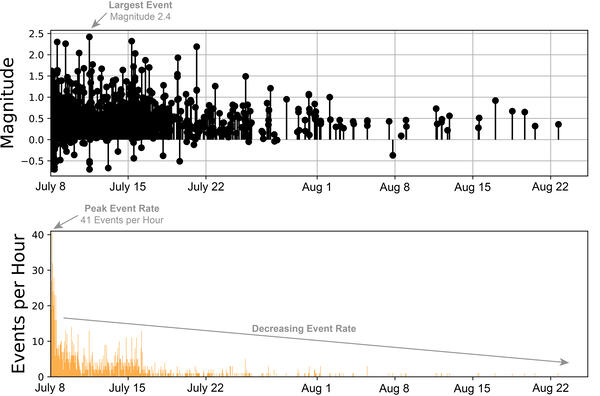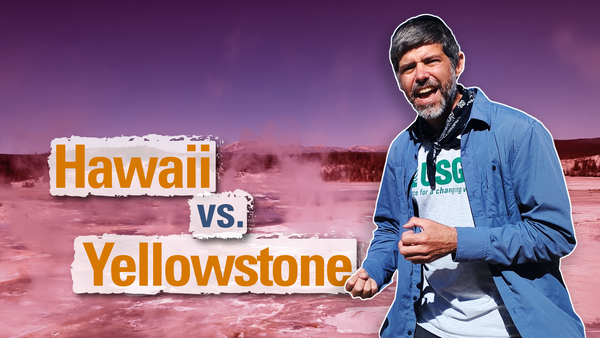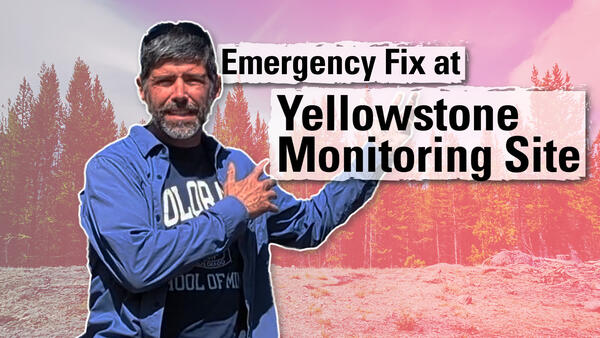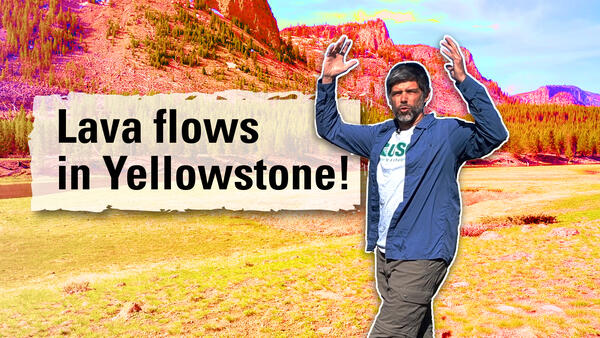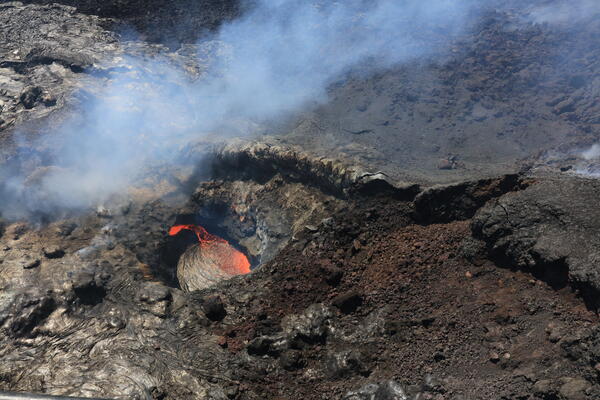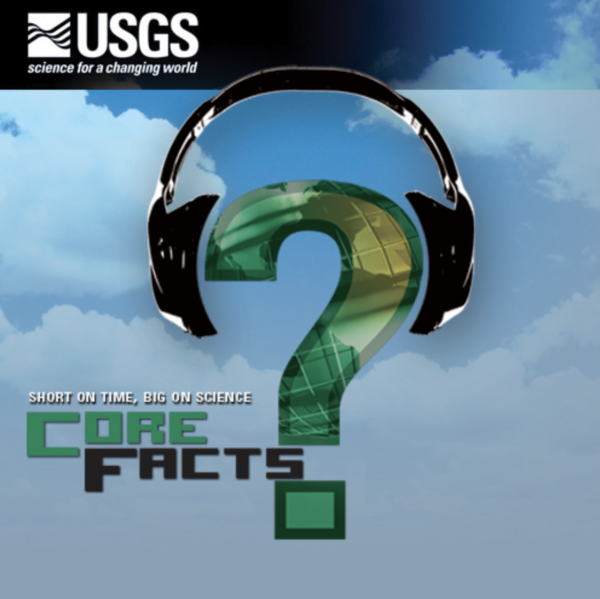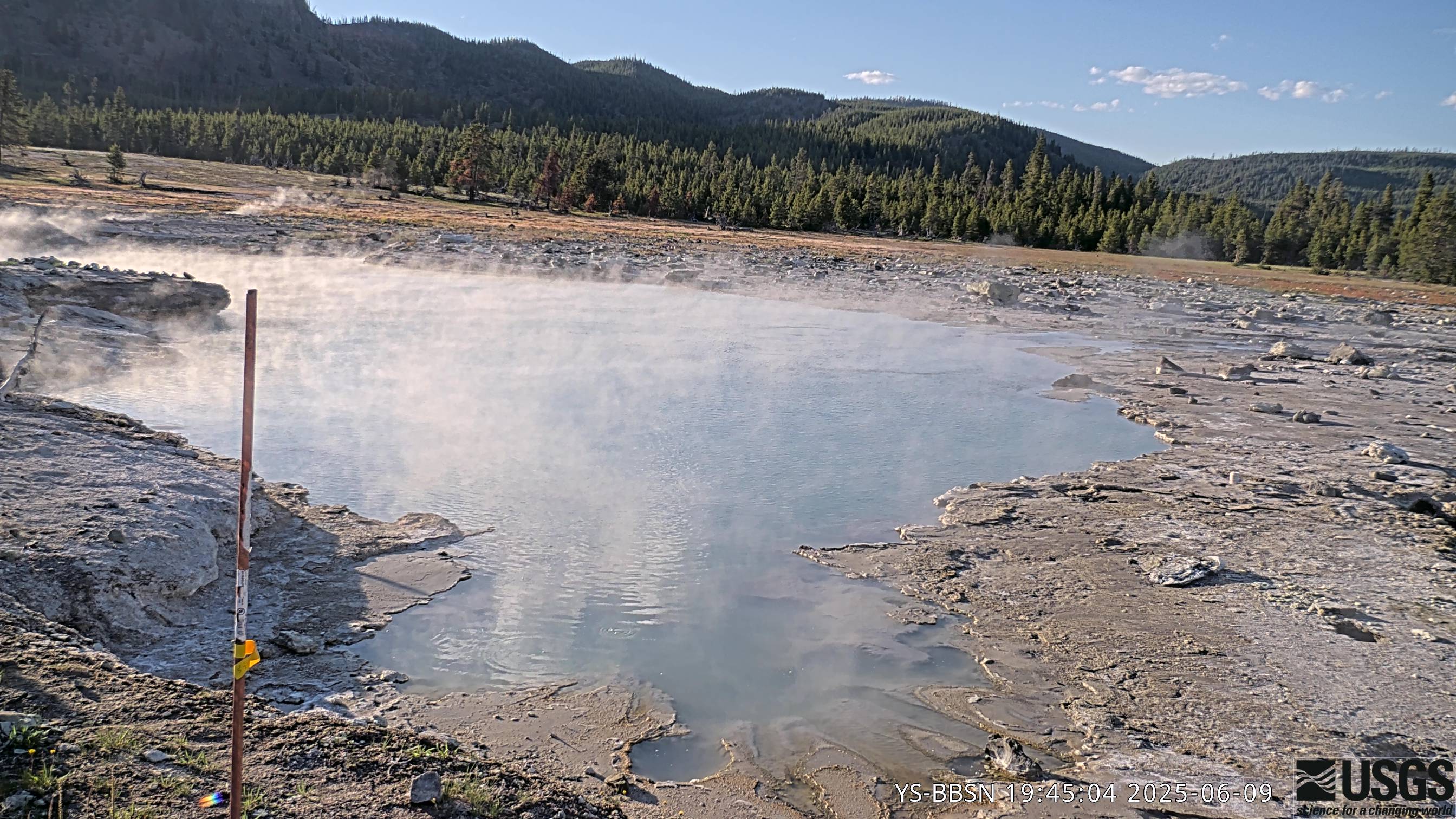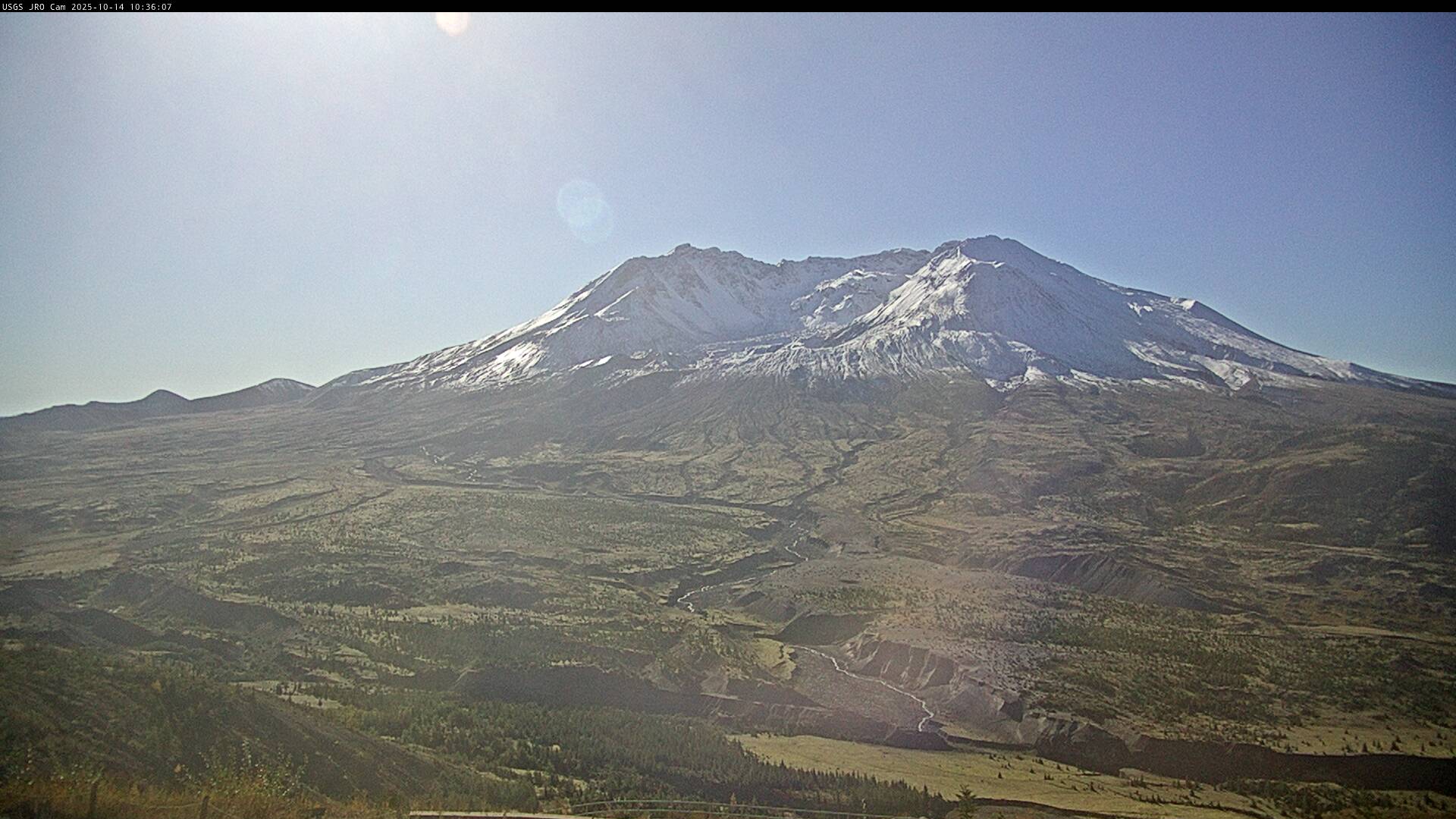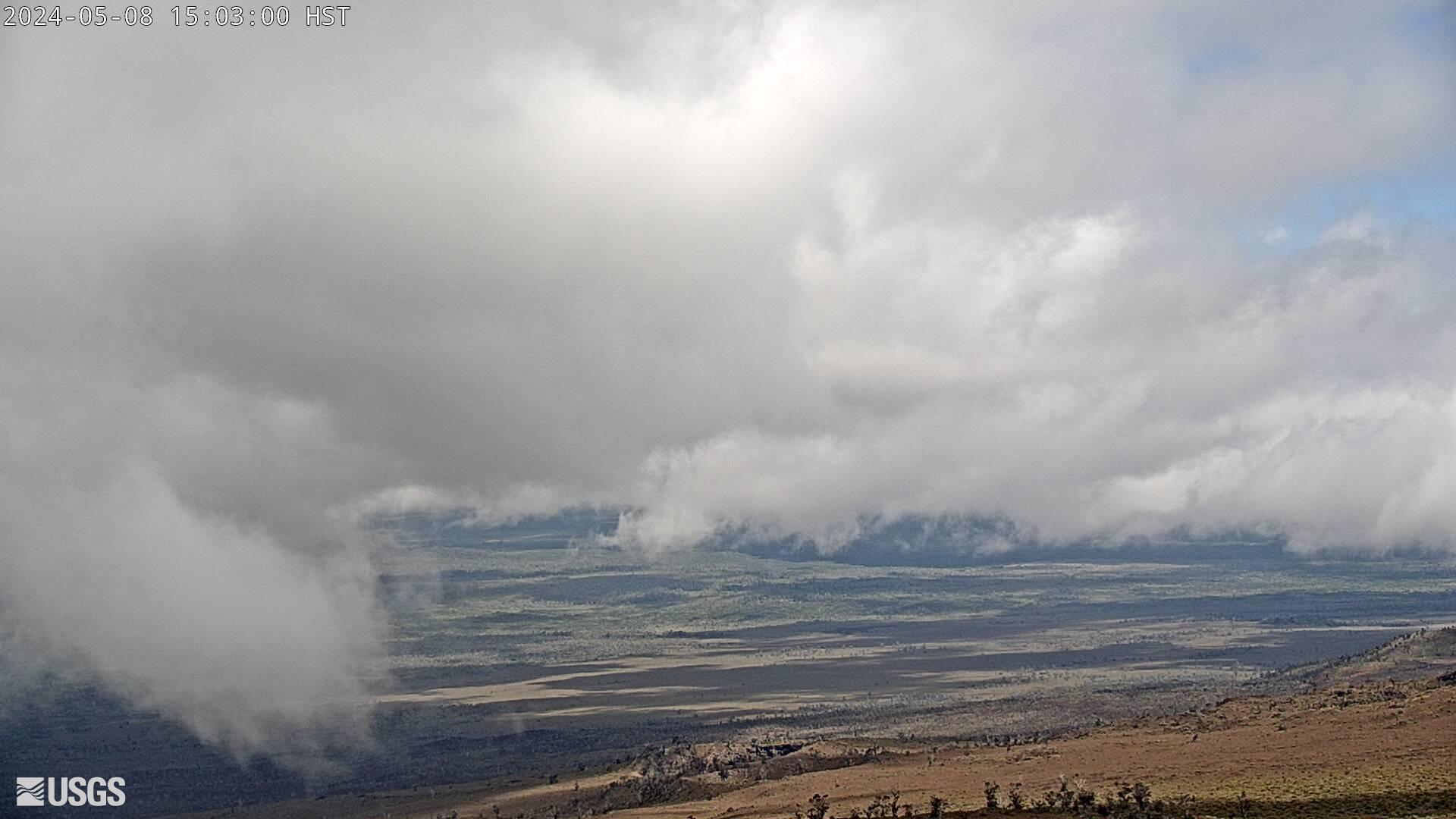November 25, 2025—Kīlauea summit eruption episode 37 lava flow
November 25, 2025—Kīlauea summit eruption episode 37 lava flowThe telephoto shows lava flowing east across the floor of Halemaʻumaʻu crater, fed by the lava fountains in the west part of the crater. Preliminary estimates suggest that approximately 6 million cubic meters (7.8 million cubic yards) of lava were erupted during episode 37, based on ground deformation data. USGS photo by M. Patrick.




